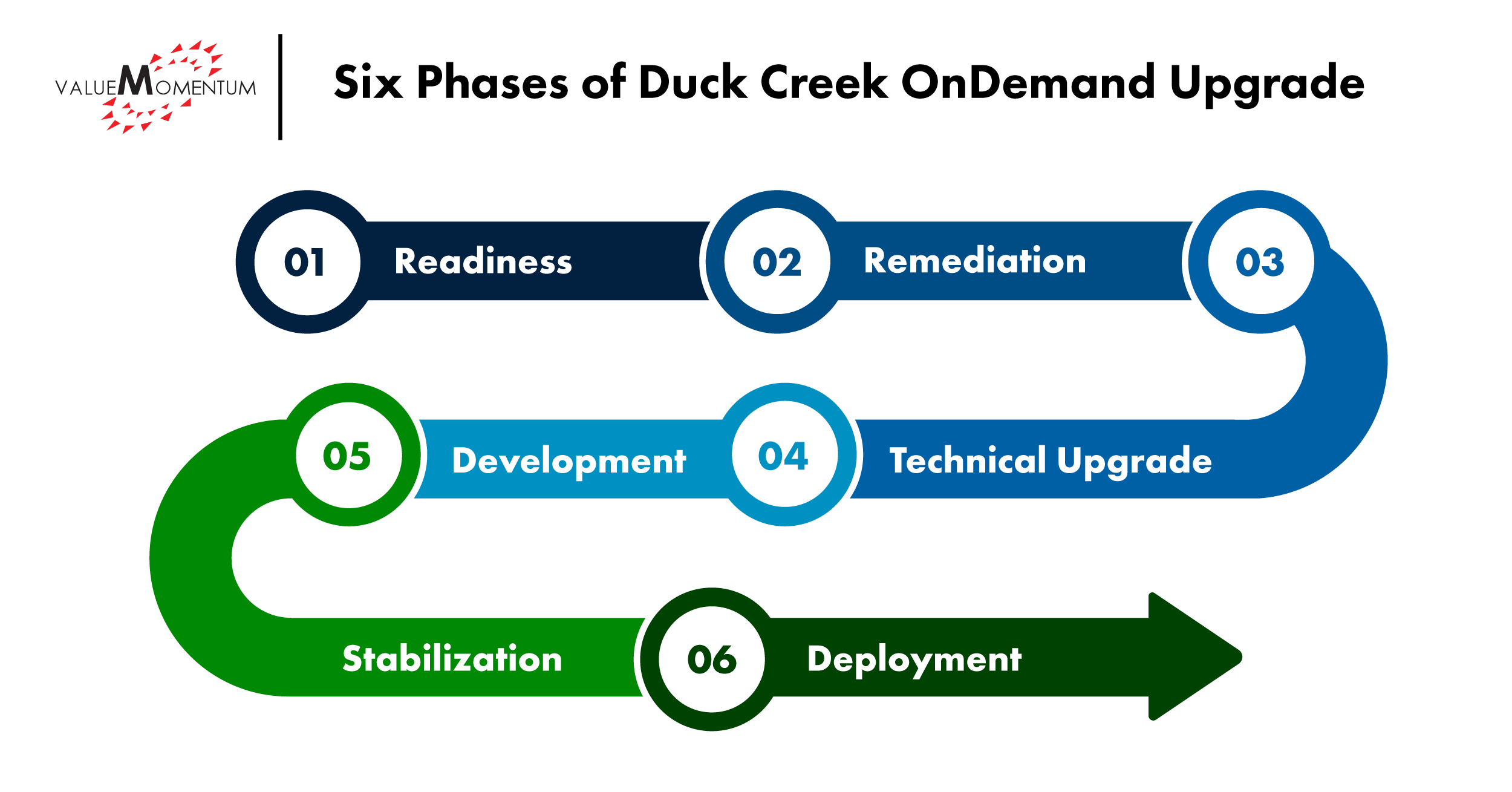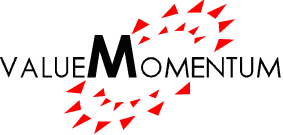As more carriers embrace the speed and convenience of cloud computing, core systems providers are meeting the need with modern insurance platforms. Duck Creek Technologies, for example, has committed to a cloud-first approach with the Duck Creek OnDemand platform. Powered by Azure, benefits include quicker and less disruptive updates, easier configuration of new features and capabilities, and reduced burdens on IT.
Despite the growing prevalence of cloud-based insurance core systems, many carriers still have questions about what to expect when upgrading to Duck Creek OnDemand.
Here are the answers to some of the questions most frequently asked by Duck Creek customers.
Answers to Insurers’ Top Questions About Upgrading to Duck Creek OnDemand
1. What is Duck Creek OnDemand?
Hosted on Microsoft Azure, Duck Creek OnDemand serves as an end-to-end solution for insurers looking to modernize their core systems. This Software-as-a-Service (SaaS) P&C insurance core systems platform offers a comprehensive suite of pre-configured, fully integrated applications that cover the entire policy life cycle, including modules for policy administration, billing, claims, data insights, distribution, and more
2. What are the advantages of Duck Creek OnDemand?
Similar to other cloud-based core platforms, Duck Creek OnDemand offers continuous delivery of new features and enhancements without the disruption of traditional upgrades. Plus, the scalability and flexibility of OnDemand’s suite of low-code core systems and add-on products enable insurers to adapt quickly to changing market conditions and scale their operations as needed.
3. Are there any specific prerequisites or dependencies we need to address before upgrading?
A recommended first step is engaging with Duck Creek to request a pre-upgrade analysis report, which will give you an assessment of your organization’s readiness. Other components of the analysis include an estimate for the technical upgrade as well as a list of cloud optimization backlog items to be addressed.
A trusted Duck Creek systems integration partner can help you understand these findings before you start any cloud implementation work.
4. Will the upgrade be compatible with our existing systems and configurations?
This is a difficult question to answer until you complete the pre-upgrade analysis report, in which Duck Creek will offer specific insights into potential compatibility issues or areas needing attention. The level of customization and deviation from the base Duck Creek configuration is also a crucial consideration, as heavily customized implementations may face more compatibility challenges. Existing integrations with legacy systems, third-party applications, or other systems must also be evaluated, as the approach for integrating with Duck Creek may need to change when moving from on-premises to the cloud.
5. How long does the upgrade to Duck Creek OnDemand take?
A typical Duck Creek OnDemand upgrade will take from six to nine months and can be broken down into six phases:

- Readiness: Duck Creek conducts a pre-upgrade analysis, detailing areas that need conformance or where customizations may be lost during the upgrade. It’s also highly recommended to review the technical findings from a cloud optimization backlog.
- Remediation: This is the most time-consuming phase, where customizations and deviations from the base Duck Creek configuration need to be re-implemented or adjusted to work with the new version.
- Technical upgrade: In this phase, Duck Creek will work on upgrading the customer’s systems. This includes resolving base upgrade issues, defining a list of key workflows, infrastructure setup, and laying out the conceptual sprint plan, among other steps.
- Development/sprint cycles: Additional remediation and development is done to address issues found when testing the upgraded environment. Functional gaps between the old and new versions are closed. Where appropriate, early systems integration tests are performed.
- Stabilization: Full regression testing is performed end to end to validate that all functionality works as expected in the upgraded version and any defects are fixed.
- Deployment: The final upgraded version is pushed to production based on an agreed-upon cutover strategy.
6. What are the best practices to ensure a smooth transition to Duck Creek OnDemand?
First, insurers should work closely with Duck Creek and their upgrade partner to thoroughly understand the scope of the upgrade, identify potential challenges, and develop a detailed plan.
As with any application, customizations and deviations from the base configuration are the main drivers of complexity and delays. Insurers should leverage out-of-the-box functionality wherever possible to streamline the transition.
Resource allocation — including business SMEs, IT staff, and dedicated project management — is especially critical during the remediation and testing phases, as is a comprehensive testing strategy, including functional, integration, and performance testing. Automated testing tools can help accelerate this process.
Finally, insurers should work with Duck Creek and their upgrade partner to develop a post-upgrade support plan, including training for end-users, ongoing maintenance and update processes, and issue resolution protocols.
7. What strategies are available to help shorten remediation and upgrades?
For insurers with complex environments or multiple lines of business, a phased rollout approach may be beneficial. This approach allows for lessons learned and refinements to be applied to subsequent phases. Insurers should also establish strong project governance, including regular status reporting, issue escalation protocols, and clear communication channels between all stakeholders.
To shorten the remediation process, another strategy is to leverage automation to determine whether fields, tables, and other items are non-compliant against the base framework. Tools developed by SI vendors can help accelerate this process.
To simplify the testing process, systems integration partners also can help develop automation scripts using Duck Creek’s Test Automation and Regression Runner tools. By following Duck Creek’s recommended reference architecture and the Duck Creek Anywhere methodology, you can accelerate your migration journey even more.
In today’s fast-paced insurance market, speed is crucial for staying competitive. Cloud-based core systems like Duck Creek OnDemand enable insurers to leverage the latest version of the platform and launch new features and tools, giving them a significant advantage over their competitors. By upgrading to Duck Creek OnDemand, insurers can maximize the value of their core investments and stay ahead of the curve in an ever-evolving industry.
To learn more about how ValueMomentum is helping Duck Creek customers, check out ValueMomentum’s core upgrade services.


